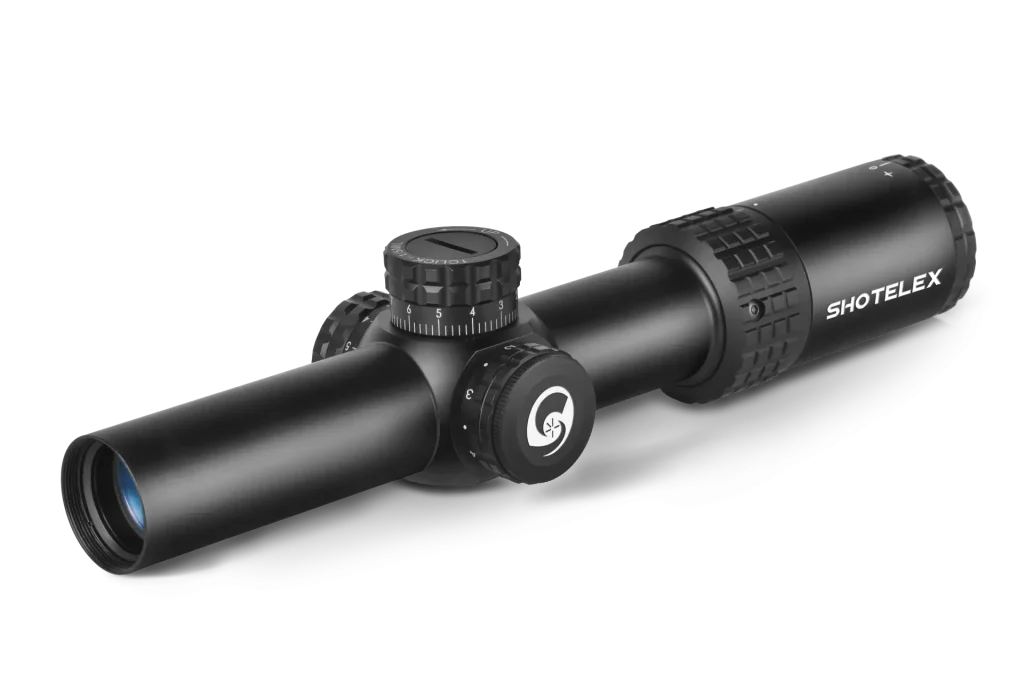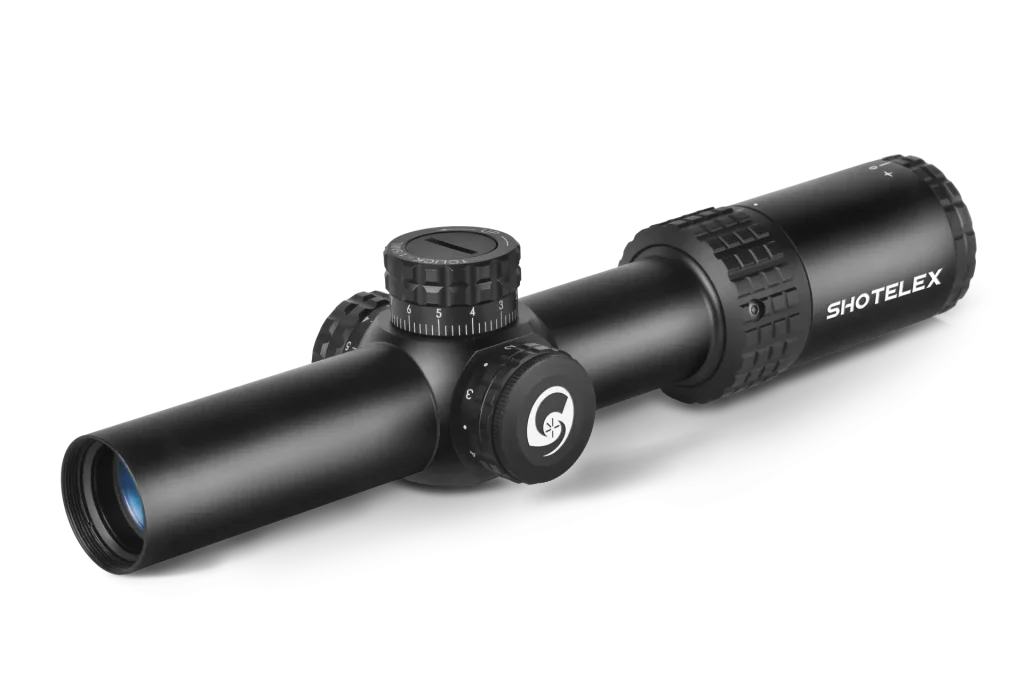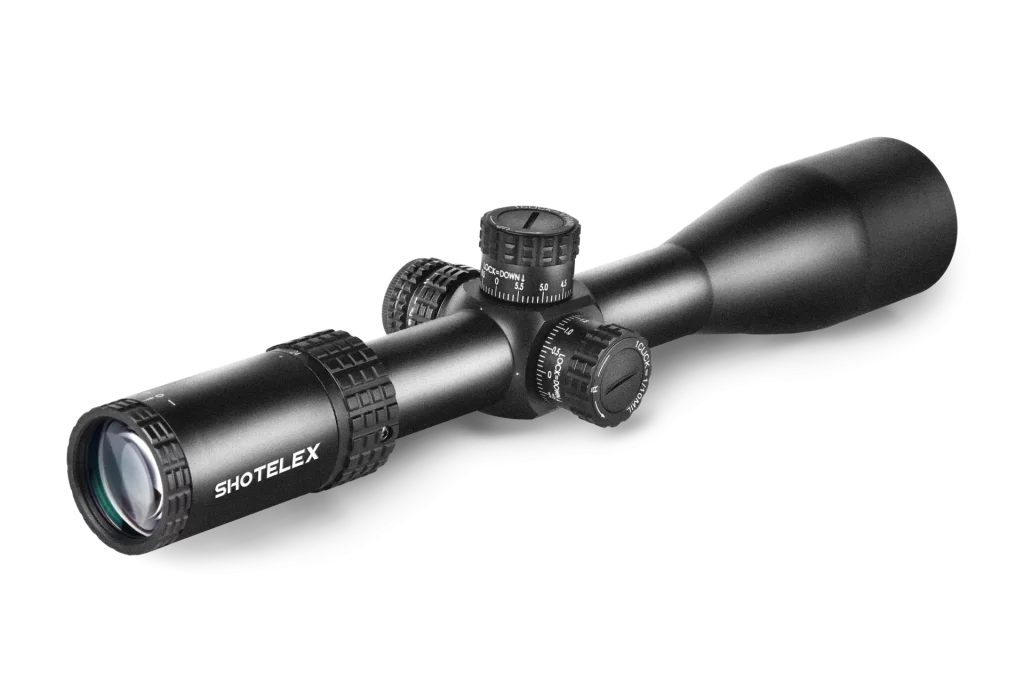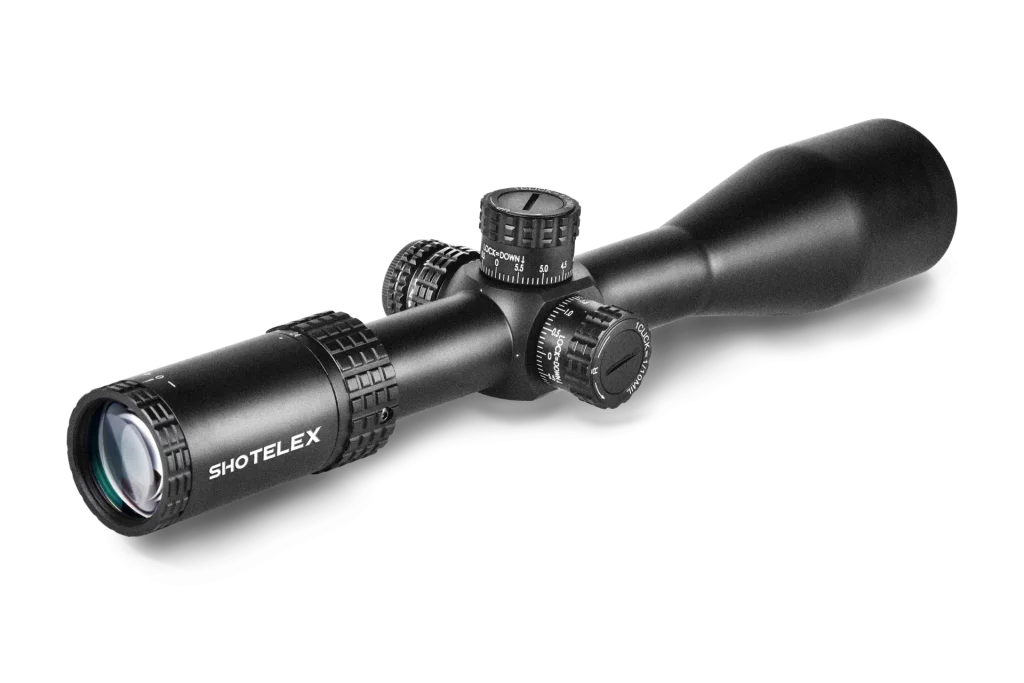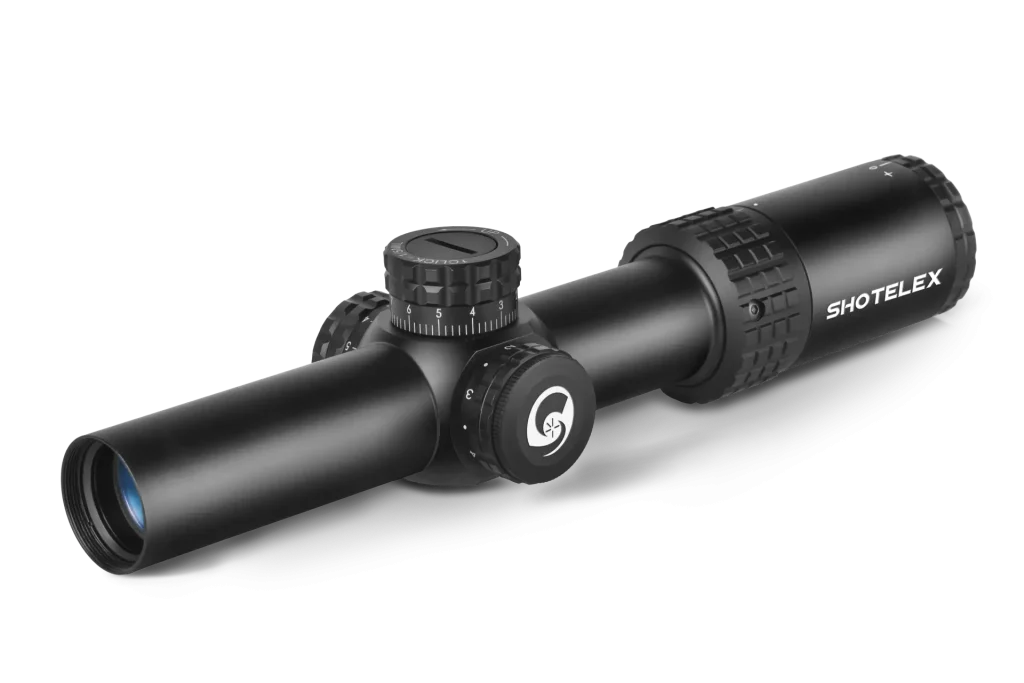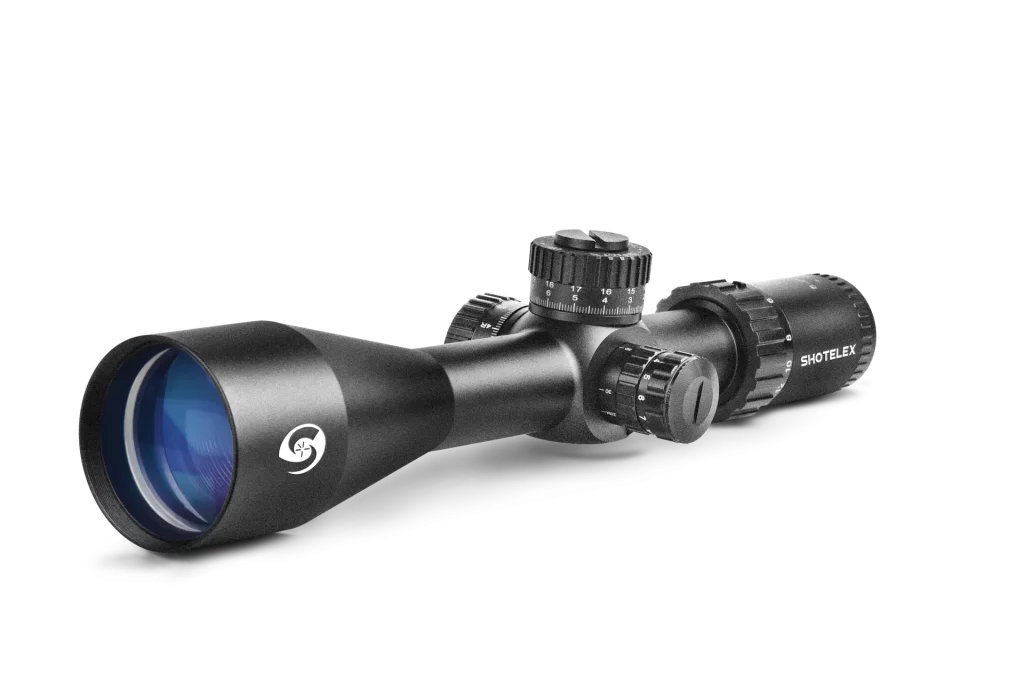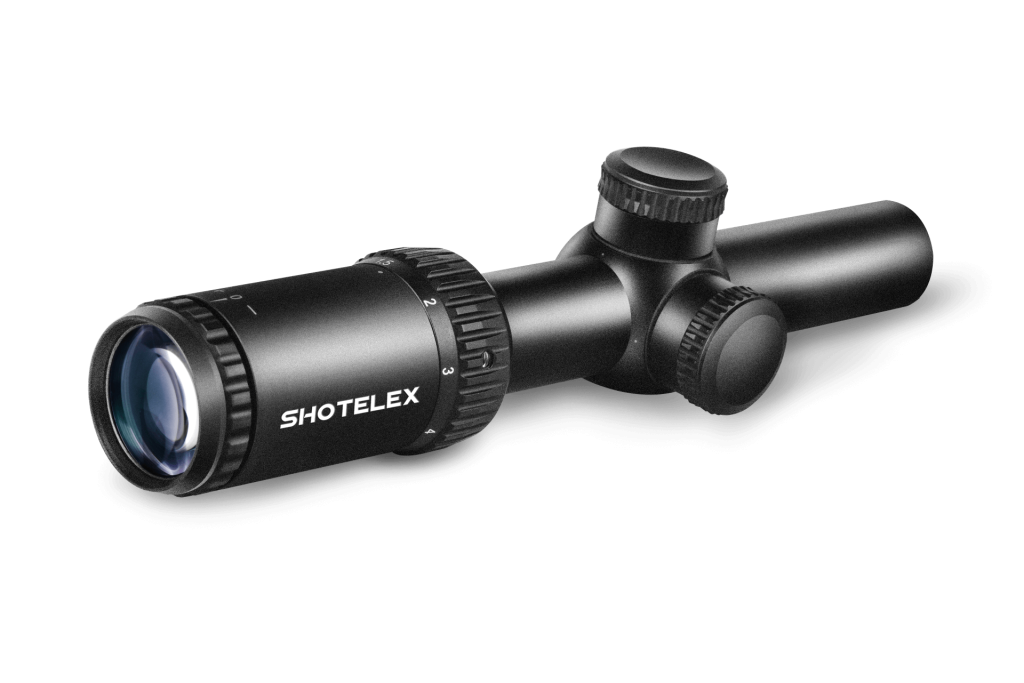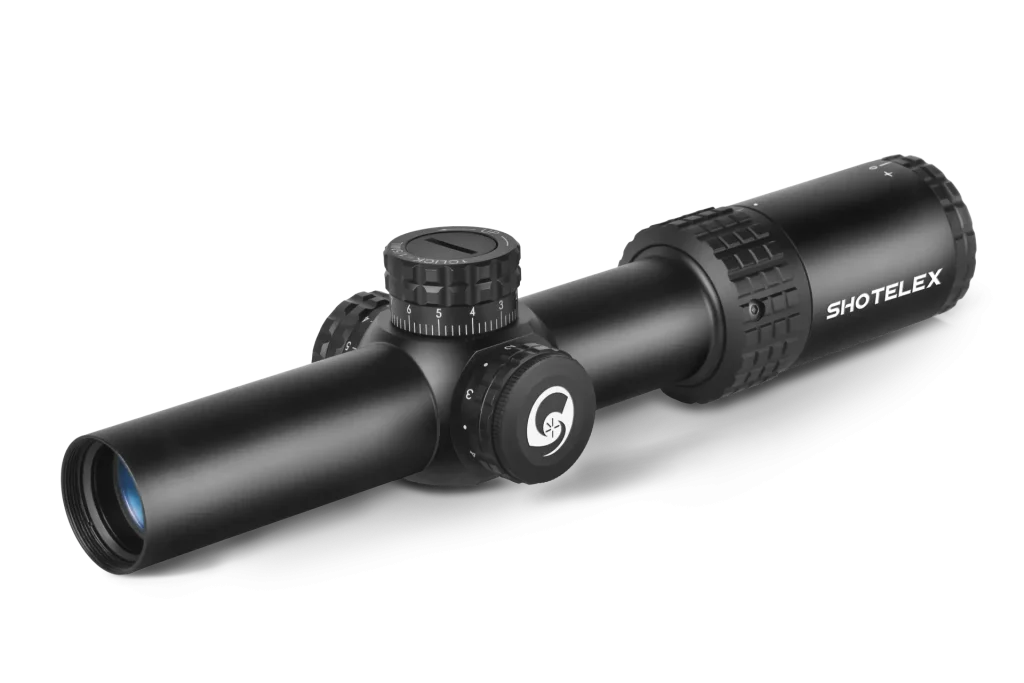Rifle Scope Choose And Use: Improve Your Shooting Accuracy
Whether it is hunting, shooting at the range, or tactical training, rifle scopes can greatly improve your shooting accuracy and efficiency. Compared with traditional mechanical sights, its precise scale adjustment system is even more critical. Shooters can make precise fine adjustments based on factors such as distance, wind speed, and ballistic drop to ensure that every bullet hits the target according to the expected trajectory. At the same time, the sturdy and durable material and exquisite craftsmanship enable it to withstand the huge recoil of rifle shooting and the harsh outdoor environment, and always maintain stable performance.
But there are many types of riflescopes on the market. How do you choose the one that suits your purpose? This article will help you make a wise choice and get the best performance from your riflescope.
The Main Types Of Rifle Scopes And Their Applicable Scenarios
Rifle scopes can be divided into three categories according to the distance of use: short-range scopes, medium-range scopes, and long-range scopes. Different types have significant differences in magnification, field of view, accuracy, etc., and their applicable scenarios are also deeply matched with combat requirements. The following is a specific classification and application analysis:
1. Low-magnification optical scope (1-4x, 1-6x LPVO)
Features: variable magnification (usually 1-10x), can switch freely between close-range rapid aiming and medium- and long-range precision shooting
Advantages: high flexibility, suitable for multi-functional use, with a wide field of view at low magnification, which makes it easier for shooters to quickly capture targets
Applicable Scenarios: hunting, tactical competition, patrol
2. Medium-to-high magnification scopes (3-9x, 4-16x)
Features: High magnification (usually more than 6x), can clearly magnify distant targets, suitable for precision shooting
Advantages: High accuracy at long distances, providing clearer and more accurate images, thereby improving shooting accuracy
Applicable scenarios: hunting (deer, wild boar), long-range shooting range
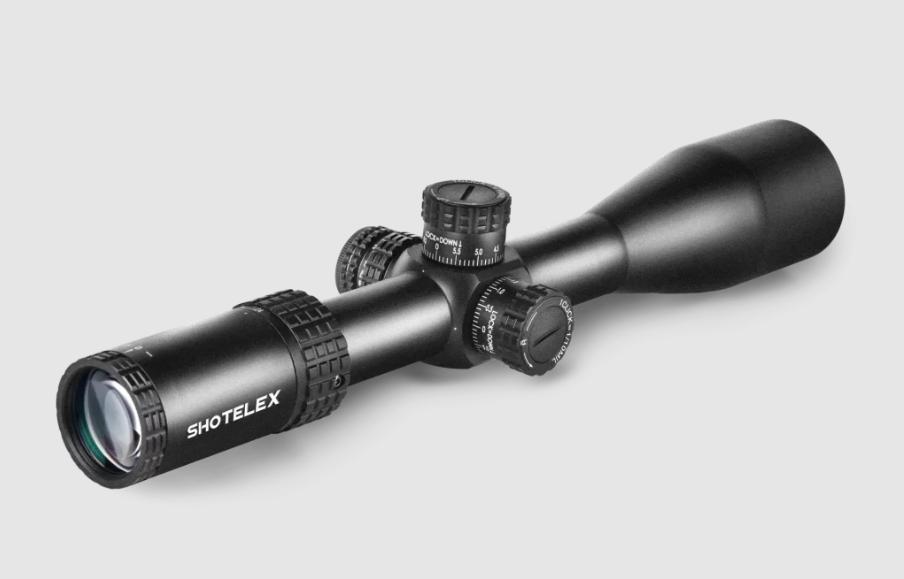
3. High-magnification sniper scopes (6-24x, 8-32x)
Features: Ultra-high magnification (usually 15x and above), precision adjustment, high operating requirements
Advantages: Ultra-long-distance precision shooting
Applicable scenarios: professional sniping, long-range competition
How To Choose A Rifle Scope Suitable For Your Purpose?
Choosing a rifle scope that suits your purpose requires comprehensive consideration of multiple factors such as usage scenarios and technical requirements. The following is a detailed analysis from three dimensions: clarifying the purpose, comparing key parameters, and other purchase points to help you make an accurate selection:
1. Clear purpose
- Hunting: Choose 3-9x or 4-16x with illuminated reticle
Core requirements:
High light transmittance in dawn/dusk environments (≥90% recommended)
Fog and moisture-proof design (nitrogen filling + waterproof seal)
Illuminated BDC ballistic compensation reticle
- Tactical/competition: 1-6x LPVO or red dot + zoom combination
Performance requirements:
1x non-magnified fast aiming
6x precision shooting capability
Vibration resistance (≥5000 rounds of endurance test)
- Long-range precision shooting: 6-24x or higher magnification
Key technologies:
First focal plane division (FFP)
Precision adjustment mechanism (0.1MRAD/0.25MOA)
34mm/35mm large-caliber lens tube
2. Comparison of key parameters
| Parameters | Low magnification LPVO | Medium to high magnification | Sniper scope |
| Magnification | 1-6x | 3-9x | 6-24x+ |
| Field of view | Medium | Narrower | Narrow |
| Applicable distance | 0-300 m | 100-500 m | 500 m+ |
| Weight | moderate | moderate | Heavier |
3. Other key points for purchase
✅ Lens quality: multi-layer coating improves light transmittance
✅ Shock resistance: ensures that it can withstand recoil
✅ Reticle type: BDC (ballistic compensation), Mil-Dot, MOA
✅ After-sales service: provide customized solutions for optical sights.
✅ Accessories: whether additional accessories are provided, such as lens caps, adjustment screws, bases, etc.
How To Calibrate A Rifle Scope? Installation Steps And Zeroing Method
Calibrating a rifle scope (also known as “zeroing”) is a critical step in ensuring shooting accuracy and requires proper installation and adjustment methods.
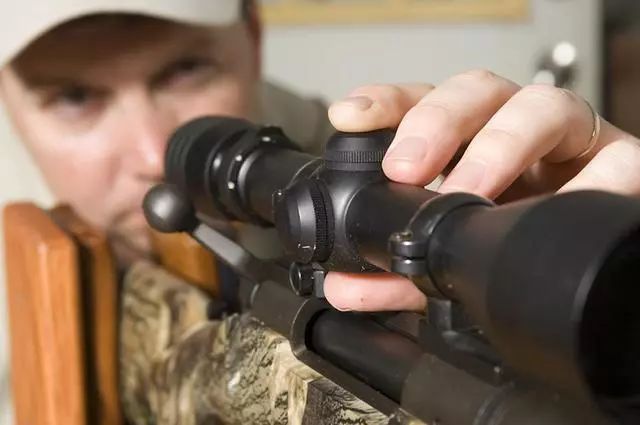
1. Correct installation steps
Choose a suitable scope mount (Picatinny rail or Weaver interface)
Use a torque wrench (avoid over-tightening or over-loosening)
Ensure level (avoid tilting that affects the trajectory)
2. Zeroing method
- Fixed distance zeroing method
Select a fixed distance (usually 100 meters is selected as the zeroing distance) and fix the gun on a stable bracket to ensure shooting consistency. Shoot multiple rounds at the target paper, 3-5 bullets per round, and observe the deviation between the bullet impact point and the center of the crosshairs of the sight. According to the direction and size of the deviation, adjust the height and left and right adjustment knobs of the sight. The adjustment range should not be too large each time, generally 1-2 scales. Repeat the shooting and adjustment process until the bullet impact point basically coincides with the center of the crosshairs, completing the zeroing at this distance.
- Laser zeroing method
The laser calibrator is installed on the muzzle or scope of the rifle so that the laser beam it emits is parallel to the axis of the barrel. Turn on the laser calibrator and let the laser beam shine on the target paper in the distance to mark the position of the laser dot.
By adjusting the height and left and right knobs of the scope, the center of the crosshairs of the scope coincides with the laser dot. Since the laser beam propagates in a straight line under ideal conditions and is approximately parallel to the trajectory of the bullet at close range, the scope can be quickly adjusted to the approximately correct position. After completing the laser calibration, conduct live-fire shooting verification and fine-tuning to ensure that the scope and the bullet landing point are accurately zeroed in actual shooting.
Daily Use And Three-Level Maintenance Standards
1. Correct usage habits
Maintain an appropriate distance between the eyes and the eyepiece (avoid parallax)
Adjust the diopter (make the reticle clearest)
Avoid strong light from directly hitting the lens (prevent reflections from exposing the position)
2. three-level maintenance standards
| Level | Content | Tools |
| Daily | Lens cleaning | Special cleaning kit |
| Regular | Screw torque calibration | Precision torque wrench |
| In-depth | Optical axis detection | Collimator |
Conclusion: Choose your ideal scope
Selecting the right rifle scope is not about finding the most advanced or expensive option—it’s about matching features to your specific needs. Whether you’re a hunter tracking game in low light, a competitive shooter demanding precision at long range, or a tactical professional prioritizing durability, the key lies in:
Purpose-driven selection (e.g., magnification, reticle type);
Proper installation and zeroing to ensure consistent accuracy;
Regular maintenance to extend the scope’s lifespan and performance.
At Shotelex, we understand that every shooter’s demands are unique. That’s why our range of riflescopes is engineered to cater to all scenarios, from entry-level models with crisp optics to high-end tactical scopes with MIL-SPEC ruggedness.

